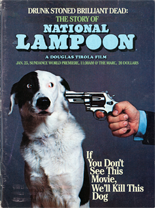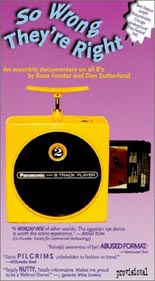
 Before covering the subculture of cover bands in 2002’s little-seen Tributary, director Russ Forster pursued another “notable” subject in oddball music. So Wrong They’re Right examines the small, but fervent — okay, freakishly obsessed — cult surrounding the music industry’s most Jurassic of formats: the 8-track tape.
Before covering the subculture of cover bands in 2002’s little-seen Tributary, director Russ Forster pursued another “notable” subject in oddball music. So Wrong They’re Right examines the small, but fervent — okay, freakishly obsessed — cult surrounding the music industry’s most Jurassic of formats: the 8-track tape.
Filmed cross-country, the lo-fi movie interviews nearly two dozen 8-track enthusiasts — a few of them falling into what society would deem “normal,” but a majority of them otherwise — about their unusual hobby. Among the notable subjects are members of the ’90s grunge-rock outfit Gumball, who once bought a garage full of 30,000 tapes because they could, and a woman whose fondness for the format is surpassed only by an unhealthy fixation for toothy CHiPs star Erik Estrada.
 Too long by a tad, yet always amusing, So Wrong proves not having a budget is insignificant if your camera is aimed at real people with compelling stories to tell. The highest praise I can give it is it made me want to buy one those cool, highly coveted “space helmet” 8-track players — not to play anything; just for purposes of aesthetic display. —Rod Lott
Too long by a tad, yet always amusing, So Wrong proves not having a budget is insignificant if your camera is aimed at real people with compelling stories to tell. The highest praise I can give it is it made me want to buy one those cool, highly coveted “space helmet” 8-track players — not to play anything; just for purposes of aesthetic display. —Rod Lott

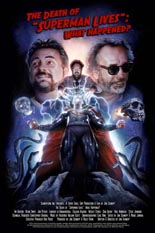
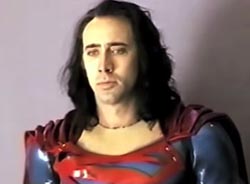
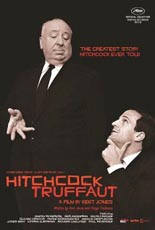
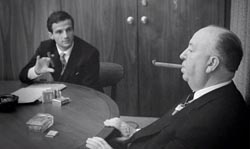 Although film cameras ironically were not present for the men’s talks, an audio recorder was; Jones lucks into having their actual voices at his show-don’t-tell disposal, along with a smattering of behind-the-scenes photographs. Without these, the doc would lose what makes it special. He doesn’t rely solely on his subjects, either, opening the floor to such celebrity admirers as Martin Scorsese, David Fincher and Wes Anderson, all avowed fans of the classic book, which has inspired and informed work of their own.
Although film cameras ironically were not present for the men’s talks, an audio recorder was; Jones lucks into having their actual voices at his show-don’t-tell disposal, along with a smattering of behind-the-scenes photographs. Without these, the doc would lose what makes it special. He doesn’t rely solely on his subjects, either, opening the floor to such celebrity admirers as Martin Scorsese, David Fincher and Wes Anderson, all avowed fans of the classic book, which has inspired and informed work of their own. 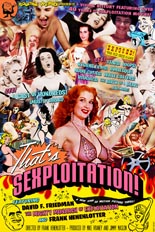
 But wasn’t it fun while it lasted? Henenlotter is out to prove that with an emphatic “hell, yes!” With a cup-runneth-over wealth of clips, the doc beckons you through the entire tits-a-twirlin’ timeline of subgenres: morality scares (
But wasn’t it fun while it lasted? Henenlotter is out to prove that with an emphatic “hell, yes!” With a cup-runneth-over wealth of clips, the doc beckons you through the entire tits-a-twirlin’ timeline of subgenres: morality scares (